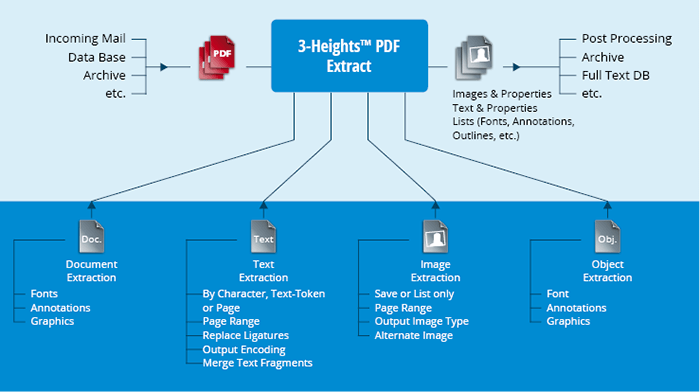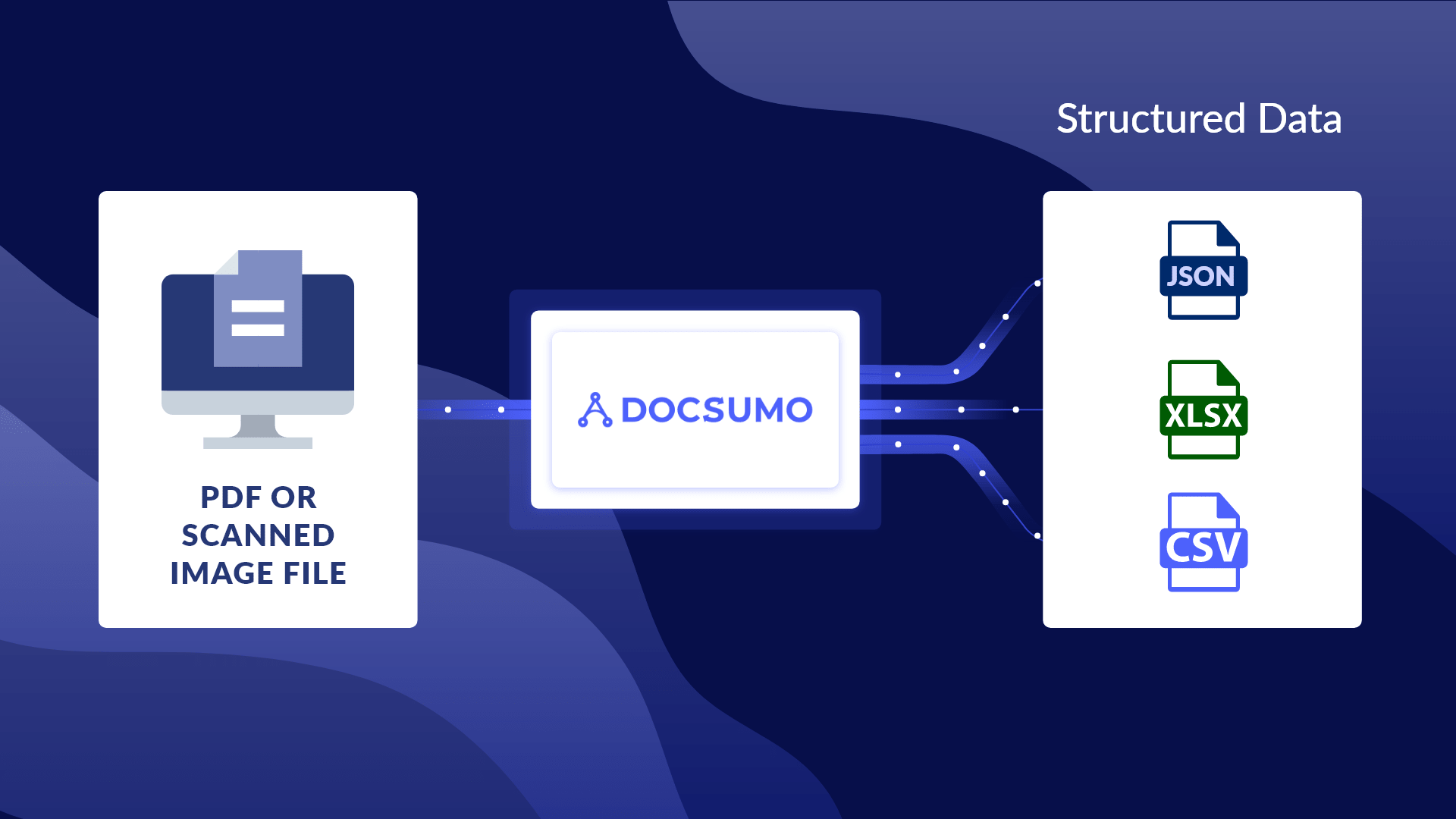Extract Data from Paper
Fast data extraction from paper documents
The oil and gas industry is dealing daily with huge paperwork by contractors, vendors and other users. Filing the data is difficult because it is difficult to record the data in the correct way. Online software allows businesses to extract documents and information quickly by reducing Paper Work. It is a solution for processing huge amounts of invoice payment and receipt documents. Machine-learning technologies enable automated extraction. This tool is backed by a natural language algorithm that is capable of analyzing previously invisible documents with intelligent information if necessary.
How can I extract data from graphs?
Science results or analyses are often presented by a graph in journal publications. We want to further analyze and optimize our research. However, the associated raw data of these graphs are not always readily available. Sometimes the results can be correlating with historical plots but the results don't appear with numerical statistics. We'll eventually need to reengineer the graph to extract the results of numerical analysis. Reverse engineering involves digitizing data.

Extract data from PDF: 5 PDF Data Extraction Methods
Portable Document Formats (PDFs) are an ideal file format when sharing & sharing company data. The PDF file is easily accessible. The process of editing and extracting data from PDF documents is often painful. How do I extract PDF documents? Create PDF bank statements in Excel XML format! Extracting PDF documents is crucial in rearranging data according to your needs. It is relatively easy when extracting the data from docs, xsls and/or CSVs. Editing / copying the information is a good way to go.
How can I Extract Data from graphs using PlotDigitizer?
The next phase of the Digitalization is to get this graph in images formats for digitalization. If the visuals can be viewed as PDF files, then you're free to take a picture. The science visual can be scanned into the document and cropped out. PlotDigitizer includes a built-in software program to crop, flip / rotate and scale images. Depending on the angle of the picture you may use the rotater tool for alignment. PlotDigitizer also allows XY based graphs for different sizes including pie/doughnut maps and polar charts.
Calibrating the axes
When the picture was uploaded, the 4 point will be located near center of the screen. This is nothing more than the x coordinate of each axis. Drag these points in a logical direction. Here x1 and x2 can be pushed to 90, 90, whereas y1 and y2 can be pulled to 0 and 16. Use the Zoom panel for a higher level of precision while setting the axis. These two angles represent linear scales. Now put values of x, x2, y1, y2, 0, 90 and 16. Note: We placed the points to the extremes for better accuracy. Obviously the points aren't fixed in the directions of the axes either. There's something in their way.
Find the graph in an image format
The first step should be to create graphs in image file format, including JPG, GIF, JPG, and GIFs. This graph represents some examples. The figure below demonstrates solubility of water in oxygen expressed in the Y-axis. This photograph was taken by researchersgate.org/searchgate.
Adjusting the image
The image is adjusted to the correct size. In some cases the image is cropped and rotated so that the image aligns properly with the screen, or the scaler increases or decreases. We have perfect images and there is nothing that requires modification.
Extracting data from graphs or images using PlotDigitizer
Extracting the data gathered from a publication graphic is no easy operation and may take considerable time without the right tools. GraphDigitizer enables users to extract graph data easily from graphs. PlotDigitizer is an online free tool with limited functions. Offline versions are free. It is supported on every operating system.
Copy and paste
The copy and paste method can produce a lot of useful solutions compared to a more complicated PDF document. It can also result in unreliable extraction of data, and can lead to errors. You'll need considerable time to organize extracted information properly.
Collect data from paper forms without manually entering data
As business evolves even smaller companies need to use customer and employee information to help make the best possible business decisions.
Data Extraction is the process of converting unstructured data into interpretable information by programs to allow further data processing by humans. Here we list several of the most common types of data to be extracted from scanned documents.
We can use them for receipts, invoices, contracts, tables, and much more. And it would be wise for you to make all your paper forms into a PDF file. One thing people always ask is how can they collect data from their hard copy documents. Once they scan their paper forms to PDF file format, managers and executives want to collect the data in one place for better organization.

Can you extract data from a PDF?
There are two simple techniques of extraction from PDF documents: manual refinement and automated extraction. Automated extraction is easier, but the copy and paste process is also a useful choice in cases where there are very few documents.
learning technology to automate extraction. The tool features a Natural Language Processing algorithm and can apply intelligence to previously unseen documents. It is fully language-agnostic, continually improves its accuracy and allows for human validation when needed. This solution reduces manual data entry and back-office staff numbers and enables faster Data Extraction at Scale. It helps cut admin time, reduce staff numbers and costs and increase employee productivity. The challenge The oil and gas and metals and mining industries deal with piles of paperwork daily from contractors, suppliers